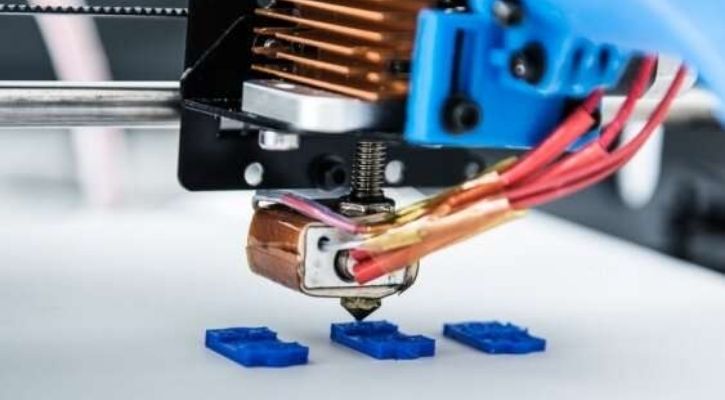Could 3D printed plastic heal itself? If engineers from University of New South Wales (UNSW) are to be believed, yes it could!

UNSW engineers recently demonstrated how 3D printed plastic could heal itself at room temperature by using only lights.
Led by Professor Cyrille Boyer and his team from the UNSW School of Chemical Engineering, the experiment showed how adding a “special powder” to the liquid resin used while printing can be of much help later while making repairs in case of breakage.
The process is quite simple. According to Phys.org, shining standard LED lights on the printed plastic for an hour causes a chemical reaction and helps two broken pieces of plastic fuse together.
It also turns out the plastic becomes stronger than its original form after undergoing the repair process. With further enquiry into the method, chemical waste in the future could be reduced tremendously.

Most broken plastic parts are discarded or recycled. But this method means that all broken plastic may be reused in other plastic-heavy components.
The powdered additive used by UNSW scientists is called “trithiocarbonate”, a RAFT (reversible addition fragmentation chain transfer) agent. What the RAFT agent does is it simply allows rearrangement of minute networks of elements that make up the plastic, allowing the broken pieces to fuse.
Within 30 minutes, most of healing is complete. In about 60 minutes, the two broken items are fused back together. The study’s results were published in the journal Angewandte Chemie International Edition.
Of course, having a method that allows for plastic repair is also a welcome sign in high volume productions where the environmental impact of broken and discarded plastic can add up, thereby increasing plastic waste. Thus, this approach offers a promising step towards both a viable method in production and the reduction of plastic waste.